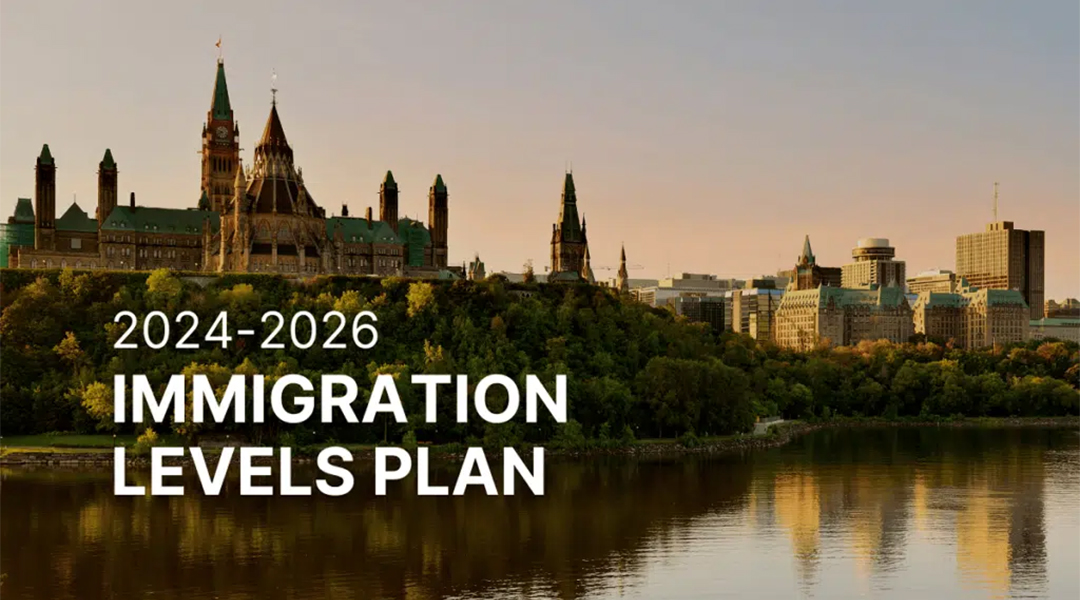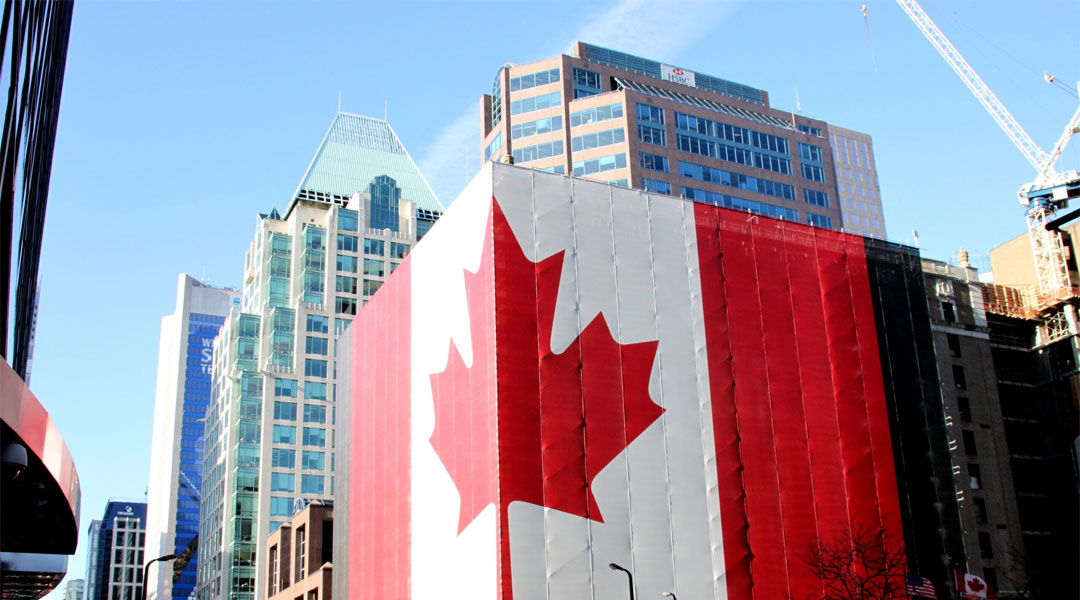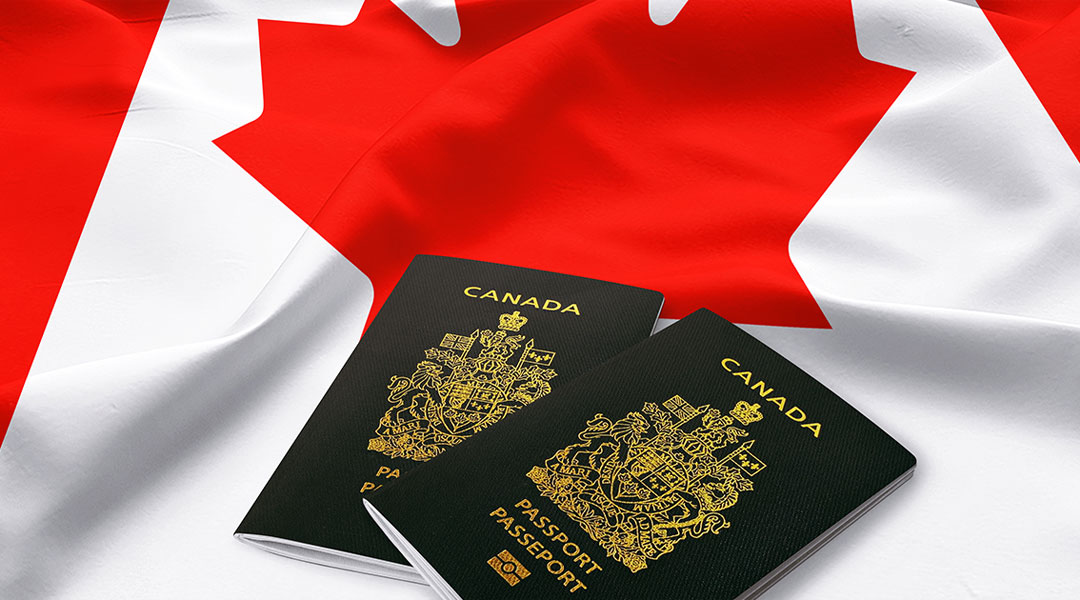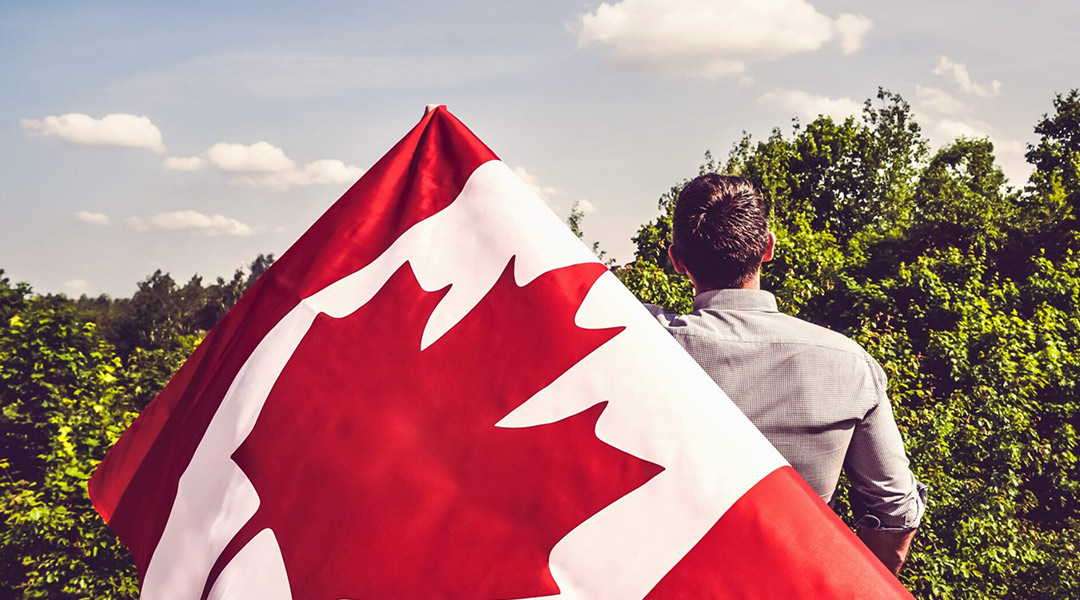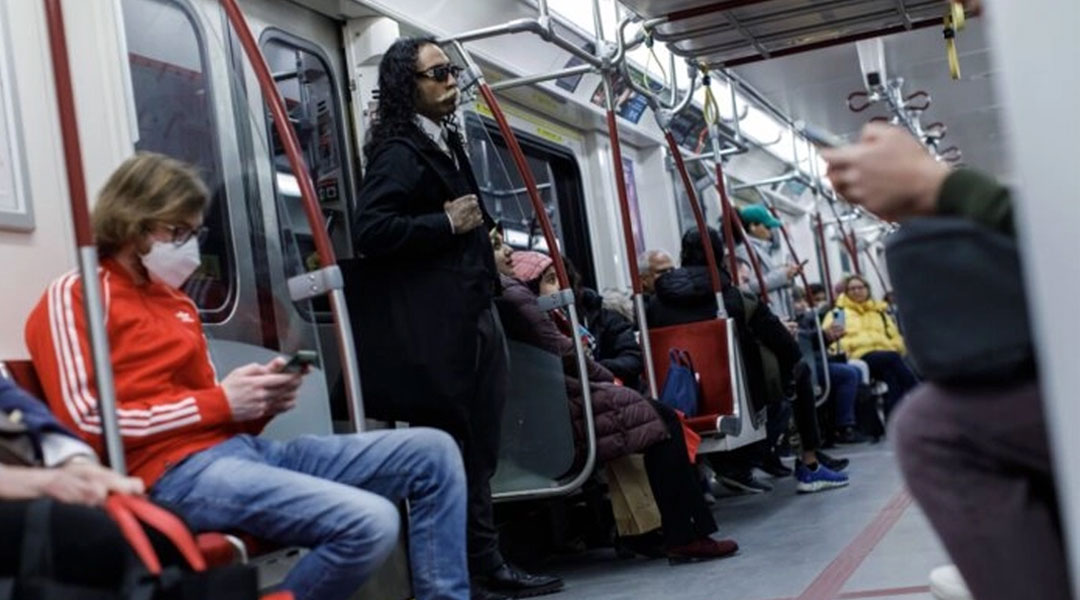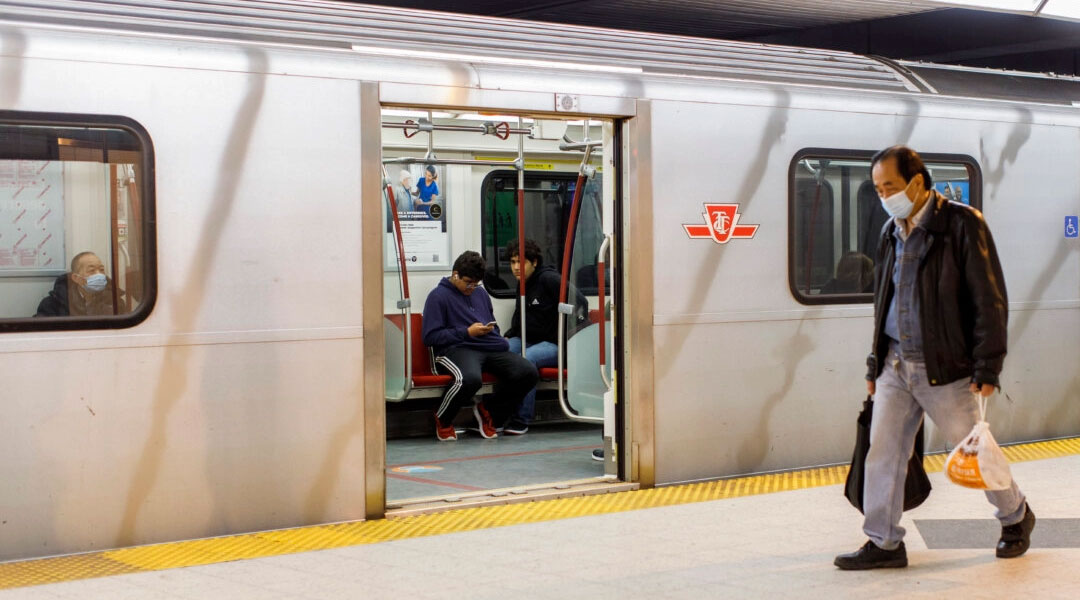Immigration, Refugees and Citizenship Canada is pleased to release details on the Government of Canada's Immigration Levels Plan for 2024-2026. Following the trajectory of the 2023-2025 Plan, Canada aims to welcome 485,000 new permanent residents in 2024, 500,000 in 2025 and plateau at 500,000 in 2026. This plan prioritizes economic growth, and supports family reunification, while responding to humanitarian crises and recognizing the rapid growth in immigration in recent years. Building on the achievement of a 4.4% target of French-speaking permanent residents outside Quebec in 2022, the Plan includes new annual and progressively increasing French-speaking permanent resident targets outside Quebec: 6% in 2024, 7% in 2025 and 8% in 2026.
Immigrants have an important role to play in the labour market and growing our economy now and into the future, helping to ensure Canada has the skills needed to meet key goals such as supporting sustainability initiatives to transition to a green (net-zero) and digital economy, and so that labour force gaps in critical sectors (e.g. health, Science, Technology, Engineering, and Mathematics (STEM), trades, transportation and agriculture) are not a barrier to the success and expansion of Canadian businesses. For the Family Class, having family support is important for newcomers' well-being and social adaptation, and it also provides an economic benefit. Spouses and partners often join the workforce and help supplement household income, and parents and grandparents often provide childcare, enabling their sponsors to enter or remain in the workforce. Canada has a strong and proud tradition of offering protection to those in need and the Government's dedication to fulfilling humanitarian commitments continues. Welcoming newcomers is not just about the admissions targets set, but must also take into account supports and services required by newcomers and Canadians alike, including housing and healthcare. Coordination, collaboration, communication and partnerships are instrumental to welcoming newcomers, and ensuring that appropriate supports are in place to help them achieve positive outcomes. In line with this, to inform this plan, IRCC has undertaken early efforts to establish a whole-of-government and whole-of-society approach to admissions planning in order to promote integrated planning and coordination across levels of government and with partners and stakeholders.
2024-2026 Immigration Levels Plan
| Immigrant Category | 2024 | 202511 | 202611 | |||||||
|---|---|---|---|---|---|---|---|---|---|---|
| Target | Low Range12 | High Range12 | Target | Low Range12 | High Range12 | Target | Low Range12 | High Range12 | ||
| Overall Planned Permanent Resident Admissions | 485,000 | 430,000 | 532,500 | 500,000 | 442,500 | 550,000 | 500,000 | 442,500 | 550,000 | |
| Overall French-speaking Permanent Resident Admissions outside Quebec1 | 26,100 | - | - | 31,500 | - | - | 36,000 | - | - | |
| Economic | Federal High Skilled2 | 110,770 | 90,000 | 116,000 | 117,500 | 96,500 | 124,000 | 117,500 | 96,500 | 124,000 |
| Federal Economic Public Policies3 | - | 0 | 3,000 | - | - | - | - | - | - | |
| Federal Business4 | 5,000 | 3,500 | 7,000 | 6,000 | 4,000 | 8,000 | 6,000 | 4,000 | 8,000 | |
| Economic Pilots:5 Caregivers6; Agri-Food Pilot; Rural and Northern Immigration Pilot; Economic Mobility Pathways Project |
10,875 | 6,500 | 14,500 | 14,750 | 9,000 | 19,750 | 13,750 | 9,000 | 19,750 | |
| Atlantic Immigration Program | 6,500 | 4,000 | 9,000 | 8,500 | 5,000 | 13,000 | 8,500 | 5,000 | 13,000 | |
| Provincial Nominee Program | 110,000 | 105,500 | 117,000 | 120,000 | 113,000 | 130,000 | 120,000 | 113,000 | 130,000 | |
| Quebec Skilled Workers and Business7 | To be determined7 | To be determined7 | To be determined7 | |||||||
| Total Economic | 281,135 | 250,000 | 305,000 | 301,250 | 265,000 | 326,000 | 301,250 | 265,000 | 326,000 | |
| Family | Spouses, Partners and Children | 82,000 | 77,000 | 88,000 | 84,000 | 79,000 | 90,000 | 84,000 | 79,000 | 90,000 |
| Parents and Grandparents | 32,000 | 27,000 | 36,000 | 34,000 | 29,000 | 42,000 | 34,000 | 29,000 | 42,000 | |
| Total Family | 114,000 | 105,000 | 130,000 | 118,000 | 107,000 | 135,000 | 118,000 | 107,000 | 135,000 | |
| Refugees and Protected Persons | Protected Persons in Canada and Dependents Abroad | 27,000 | 24,000 | 38,000 | 29,000 | 26,000 | 40,000 | 29,000 | 26,000 | 40,000 |
| Resettled Refugees – Government Assisted8 | 21,115 | 16,750 | 26,000 | 15,250 | 12,000 | 17,000 | 15,250 | 12,000 | 17,000 | |
| Resettled Refugees – Privately Sponsored | 27,750 | 20,000 | 31,000 | 28,250 | 23,000 | 32,000 | 28,250 | 23,000 | 32,000 | |
| Resettled Refugees – Blended Visa Office-Referred | 250 | - | 400 | 250 | - | 400 | 250 | - | 400 | |
| Total Refugees9and Protected Persons | 76,115 | 66,000 | 93,000 | 72,750 | 64,000 | 80,000 | 72,750 | 64,000 | 80,000 | |
| Humanitarian & Compassionate and Other | Total Humanitarian & Compassionate and Other10 | 13,750 | 9,000 | 17,500 | 8,000 | 6,500 | 12,000 | 8,000 | 6,500 | 12,000 |
Footnotes
- 1.
-
The overall French-speaking permanent resident admissions outside Quebec indicated here represent the number of admissions required to meet the 6% target in 2024, 7% target in 2025, and 8% target in 2026 that have been set. These admissions are not in addition to overall planned permanent resident admissions. These targets are for admissions outside Quebec and are therefore calculated based on how many admissions within the federal levels plan would be necessary to meet the targets, based on the overall ranges for admissions outside of Quebec. Once Quebec tables its 2024 immigration levels plan, these numbers may require updating.
- 2.
-
Includes the Federal Skilled Worker Program, Federal Skilled Trades Program, and Canadian Experience Class.
- 3.
-
Includes the time-limited temporary public policies for temporary resident to permanent resident pathways, with all admissions anticipated by the end of 2023.
- 4.
-
Includes the Start-up Visa Program and the Self-employed Persons Program.
- 5.
-
Admissions under the Municipal Nominee Program will be included within this category, following program launch.
- 6.
-
Includes admissions in the Home Child Care Provider and the Home Support Worker Pilots, and admissions from preceding caregiver programming for which applications are being processed to completion. These include the Caring for Children and Caring for People with High Medical Needs classes, a temporary public policy referred to as the Interim Pathway for Caregivers, and the legacy Live-in Caregiver Program.
- 7.
-
Under the Canada-Quebec Accord, Quebec has full responsibility for the selection of immigrants destined to Quebec, with the exception of the family class and protected persons. Quebec also tables its immigration plan at the National Assembly of Quebec on or before November 1 each year (or within 15 days of the resumption of work following an election). Estimated admissions targets for Quebec's economic programs used to calculate overall economic targets in the federal plan are 37,990 in 2024; 34,500 in 2025; and 35,500 in 2026.
- 8.
-
Includes streams for human rights defenders in need of protection, as well as LGBTQI+ individuals. .
- 9.
-
Includes admissions from Canada's response to the situation in Afghanistan, as well as the commitment to Uyghurs and other Turkic Muslims.
- 10.
-
Includes admissions of persons selected on humanitarian and compassionate grounds, for reasons of public policy, and in the permit holder class. This also includes some admissions from Canada's response to the situation in Afghanistan.
- 11.
-
Notional targets and ranges for 2025 and 2026 will be confirmed or adjusted by November 1 of each year.
- 12.
-
Program and category specific ranges do not total to the overall ranges.
